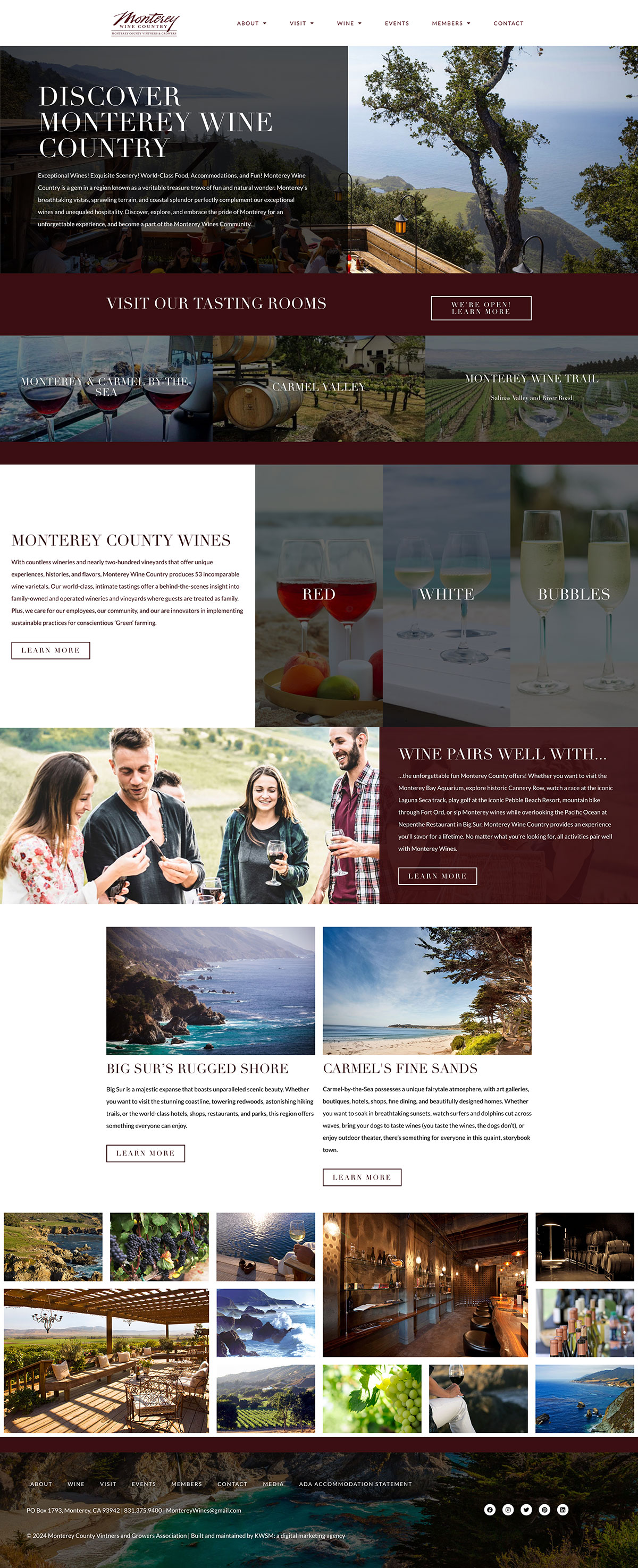
It’s easy to play fast and loose with the images you use on your blog or website. There are countless websites out there, what are the odds of a stock image site catching you use their images?
Unfortunately, they’re pretty good. Demand letters from stock photo sources are becoming an all-too-common occurrence in the mailboxes of business owners, with demands ranging from $750 to $5,000 for images that might have originally cost $10 on their website in the first place.
Am I at risk?
Just because you don’t knowingly use unlicensed stock photos on your website doesn’t mean the source of your images are always reliable. A common practice is to use sources like Instagram (where original content is considered licensed under Creative Commons, and thus free to use). The problem with this is that unless you personally know the source of the photo, you can’t be sure the original post wasn’t sourced from a stock photo.
The best way to avoid risk is to simply use photos with a direct source, like one you took yourself, or one you hired a photographer to take. This might not be feasible for every blog post, however, so consider a few other options.
Know your third-party source
If you use a picture from social media (like Instagram), take a few minutes to look through some of that user’s other posts. Does the content look original? Are there pictures of friends and family, or food from restaurants, or pets? Does the picture you want to use look like one photo in a series of original photos from that user? If so, it’s probably safe to use – just make sure you credit that user, as you’d want someone to credit you.
Utilize Google
Almost everyone who uses Google has used Google’s image search at one point or another. Far fewer people have utilized their reverse image search feature. Reverse image searching does what it sounds like it does – it searches Google for examples of a specific images, and gives you website results of where that image is being used.
To use this tool, simply go to http://images.google.com, and in the search box, click the camera icon. You’ll be able to paste a direct URL to the image in question, upload the image from your computer or drag the image directly into the search box from your desktop. What results is a simple list of website where your image, or similar images, are being used, with direct links to those pages in question.
If you search for an image and you get a dozen results in varying types of websites, you can bet that your image is not original content, and you should probably avoid using it.
Don’t risk it
The internet is a densely-layered spider web of content, looping through source after source to create the complex tapestry to which we’ve become accustomed. While this has led to well-sourced content in just about every area anyone could want, it’s also become very easy to – intentionally or not – misappropriate that content without permission from the original source.
You, however, don’t need to be a part of that. With a small amount of effort, you can double-check your sources and ensure that your website is on the level.
Still have questions about image sources? We can help!










